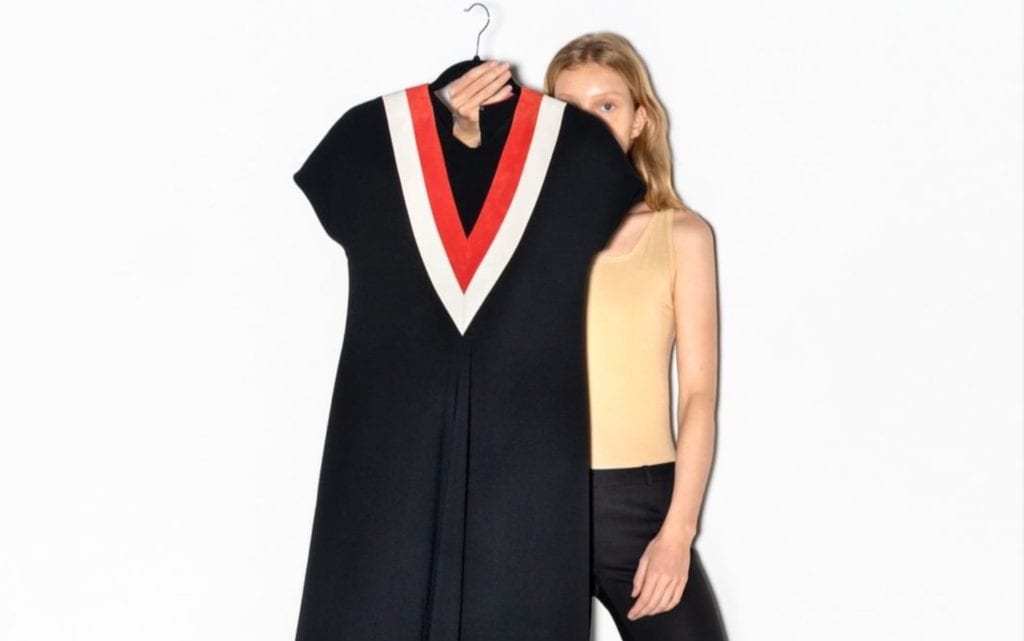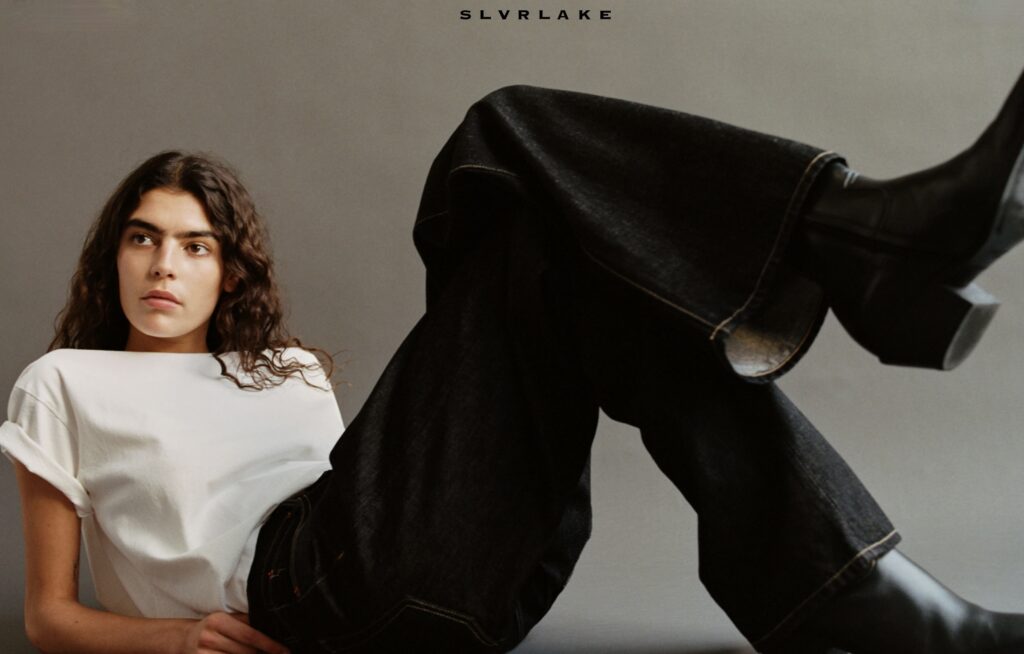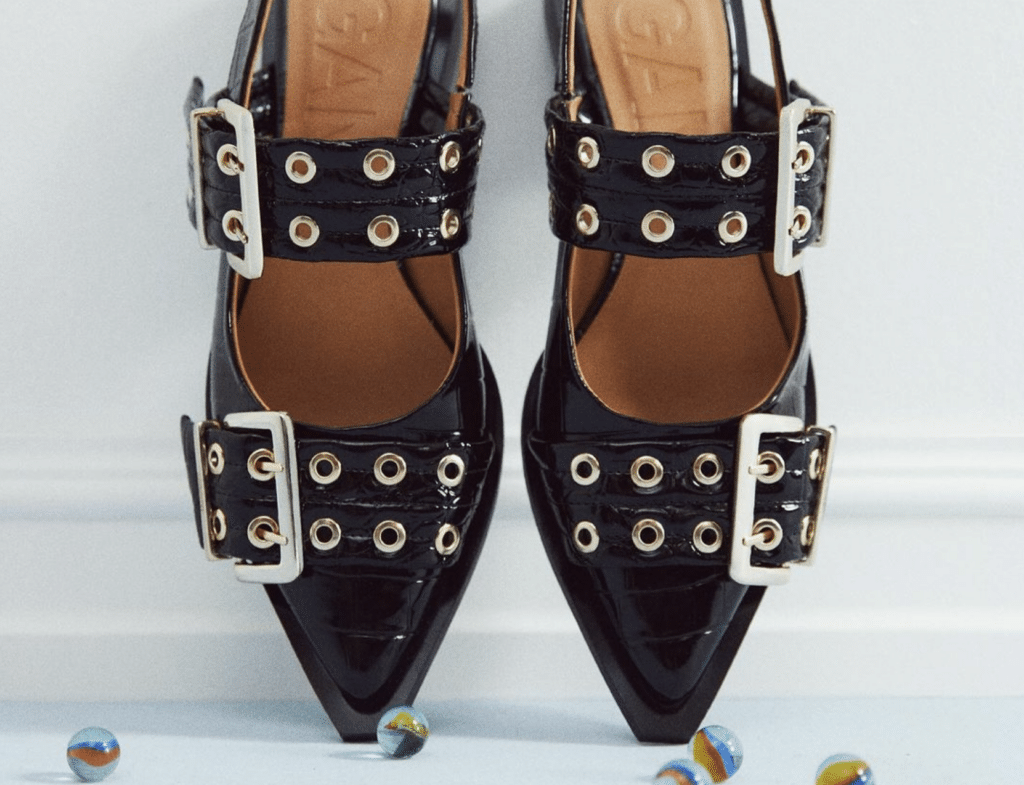The fast fashion concept is backed by two such fundamentally attractive ideas – frequent novelty and sheer affordability – that it has enabled the brands that abide by the model to wreak havoc upon the traditional retail model. It has helped stalwart fast fashion companies like Zara and H&M to build big businesses; Spanish giant Zara brought in more than $18 billion in revenue last year, while its Swedish rival welcomed $21 billion in sales. All the while, newer names, such as Fashion Nova, have been garnering eye-popping digital impressions – the California-based brand was the most Googled brand on 2018 – and revenue figures to go with it.
The rise in awareness about the role that apparel manufacturing and consumption plays in light of a sweeping global climate crisis has certainly not put an end to the model that is fast fashion; it is difficult, after all, to get consumers to drastically shift their shopping habits away from prioritizing low prices and inherently trendy garments and accessories. This is particularly true given the larger consumer culture, which values novelty, particularly in the Instagram era, where consumers are photographed on a must more frequent and regular basis than generations prior. The shift away from fast fashion also proves difficult given that more “sustainably” made options tend to come with higher price tags, and as many size inclusive journalists have noted, less expansive sizing options.
Nonetheless, a handful of companies say that they are part of an emerging economy that poses a direct threat to the at-times-explosive growth of fast fashion, a segment of the market that catapulted figures, such Amancio Ortega, the founder of Zara’s parent company Inditex, to the upper echelons of both Forbes and Bloomberg’s “world’s richest” lists. (He current sits in the number 6 position).
The RealReal, for instance, stated in its annual Resale Report that sustainability played a large role in consumers’ motivations while shopping this year. To be exact, the San Francisco-based luxury consignment company revealed that 32 percent of its consumers said that they shop on its site (or in one of its three retail outposts) as a replacement for buying trendy, fast fashion garments and accessories. A whopping 78 percent of customers surveyed said that The RealReal has changed the way that they shop, including being “savvier about how they invest and the impact what they’re buying has on the planet.”
The 8-year old reseller is not alone. Online resale company thredUP released a report of its own this spring. One of the hardest-hitting takeaways centered on it’s the battle between pre-owned fashion and fast fashion. According to the report from San Francisco-based thredUp, as of 2018, the secondhand market apparel was worth $28 billion, compared to the estimated $35 billion fast fashion market.
More striking: the resale market has grown faster – 21 times faster – than the traditional apparel market over the past three years, and is expected to fully outpace fast fashion within the next ten years. Still yet, by thredUp’s calculations, the secondhand market is projected to grow to nearly 1.5 times the size of fast fashion by 2028. In other words, the value of the secondhand apparel market is expected to nearly triple by then, reaching $64 billion, while fast fashion is expected to only rise to $44 billion.
Analysts have echoed these predictions, with Cowen, for instance, projecting that online resale will grow “as much as 10 to 15 times faster than fast fashion stores such as Zara, department stores such as Macy’s, and traditional off-price chains like T.J. Maxx.” Speaking specifically about pre-owned luxury, Boston Consulting Group claims that used goods will account for 9 percent of the global luxury market by 2021, up from 7 percent last year, with more growth in sight, which explains why companies like Farfetch (which bought Stadium Goods) and Swiss conglomerate Richemont (which acquired second-hand watch-selling platform Watchfinder last year) are making moves in this arena.
The nearly-uniform expectations of sizable growth across the board for resale coincides with a greater level of consumer enthusiasm for pre-owned products, ones that were once relegated to brick-and-mortar consignment stores and dusty giants like Goodwill and the Salvation Army. That is hardly the case now, with the likes of The RealReal, Rebag, Vestiaire, and Fashionphile offering consumers the highly-curated and user-friendly to chance to buy everything from Hermès bags to Rolex Daytona watches all with the click of a button, and StockX and Stadium Goods pushing some of the buzziest and hardest-to-get streetwear finds.
This is all part of a larger cultural movement. Oliver Chen, a retail analyst for the American multinational independent investment bank and financial services company, told the Wall Street Journal that on the heels of the Great Recession, “There was a mind-set shift when it came to acquiring used goods. Now, it’s considered a smart bargain. Being fashionable is about getting value for your dollar.”
The American economy is said to be nearing another financial downturn, and shopping for secondhand apparel and accessories is more convenient that ever — or as the WSJ put it, it’s “as easy as hailing an Uber or renting a room through Airbnb.” Pair that with the fact that millennial and Gen-Z consumers, “kicking against fast fashion’s homogenised style for the masses, want something different and they’re flocking to [secondhand sites like] Depop in search of vintage one-offs and handmade pieces,” according to Dazed Fashion.
But these companies are not just proving particularly compelling for the young generation, one that The Cut described as “one with sustainability and individuality on the brain, hunts out the perfect, must-have, no-one-else-has-got-it piece.” They are of growing interest to investors, as well – with the resale segment being one of the most exciting to one in terms of investments and acquisitions. With all of this in mind, there appears to be no end in sight for the players in this space, save for maybe their largescale inability to achieve profitability.
As a whole, Sarah Willersdorf, a Boston Consulting Group partner, told the WSJ, “This is a trend that is not going away.”











